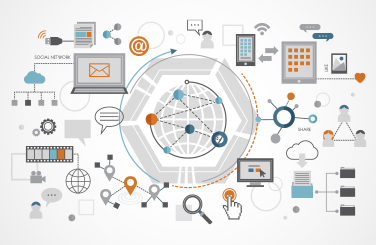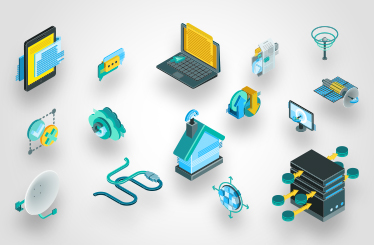Sobre o LabTel
Criado no ano de 1978, o Laboratório de Telecomunicações (LabTel) é um laboratório vinculado ao Programa de Pós-Graduação em Engenharia Elétrica (PPGEE), do Departamento de Engenharia Elétrica, localizado no Centro Tecnológico da Universidade Federal do Espírito Santo (UFES).
Linhas de Pesquisa

Infraestrutura, Otimização e Segurança de Redes
° Planejamento e Análise de Redes; ° Redes Inteligentes; ° Redes Ópticas; ° Modelos de Topologia para Redes de Telecomunicações.

Pesquisas em Dispositivos e Sistemas de Comunicação
° Dispositivos Ópticos Ativos e Passivos; ° Amplificadores Ópticos; ° Sistemas de Comunicações Ópticas (Multi Gbit/s); ° Novos Formatos de Modulação em Sistemas Ópticos; ° Comunicação por Rede Elétrica de Baixa e Média Tensões.

Processamento de Sinais Digitais e Sensoriamento
° Redes de Sensores sem Fio; ° Sensores a Fibras ópticas; ° Robótica de Reabilitação.
Professores
Anilton Salles Garcia
Anselmo Frizera Neto
Arnaldo Gomes Leal Jr.
Camilo Arturo Rodríguez Díaz
Carlos Eduardo Schmidt Castellani
Elizandra Pereira Roque Coelho
Helder Roberto De Oliveira Rocha
Jair Adriano Lima Silva
Marcelo Eduardo Vieira Segatto
Marcia Helena Moreira Paiva
Maria José Pontes
Maxwell Eduardo Monteiro
